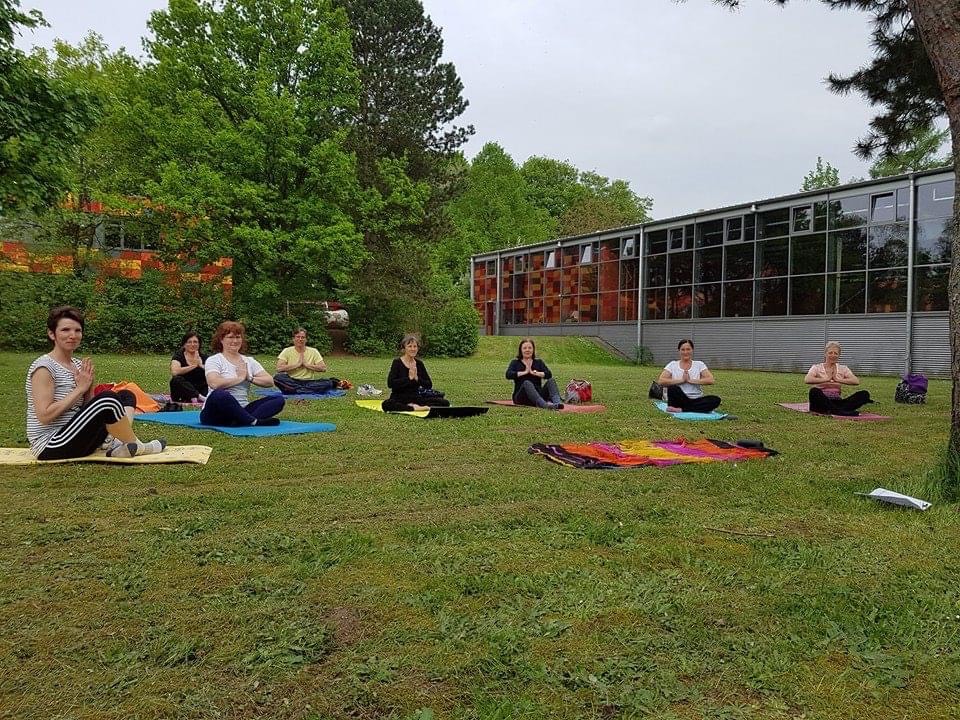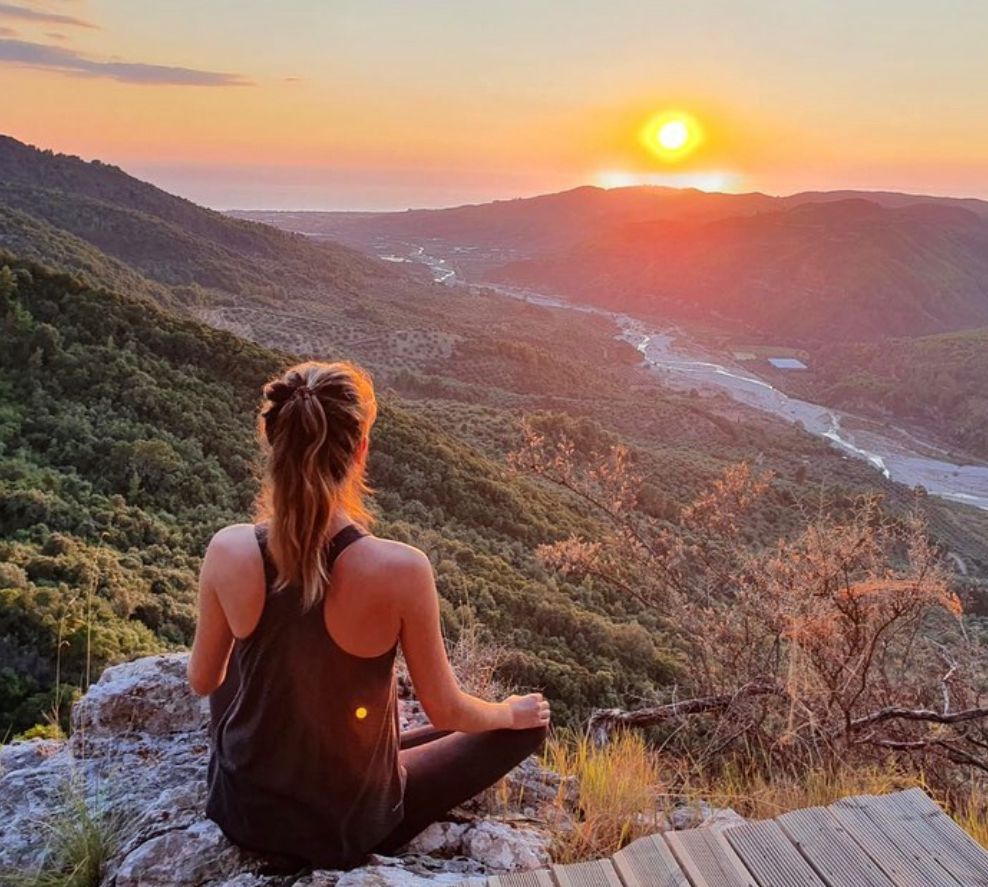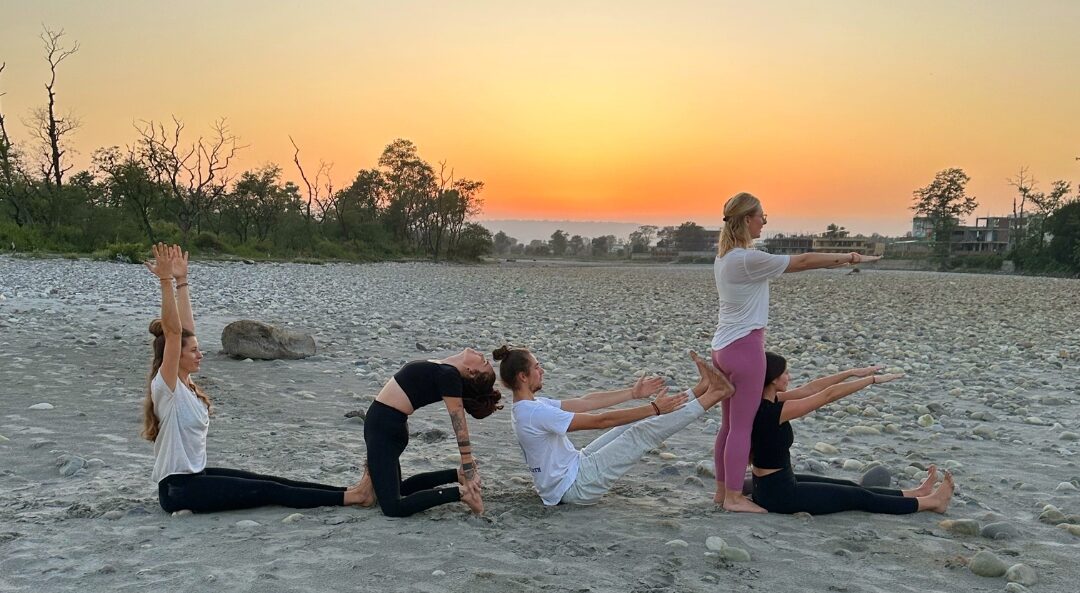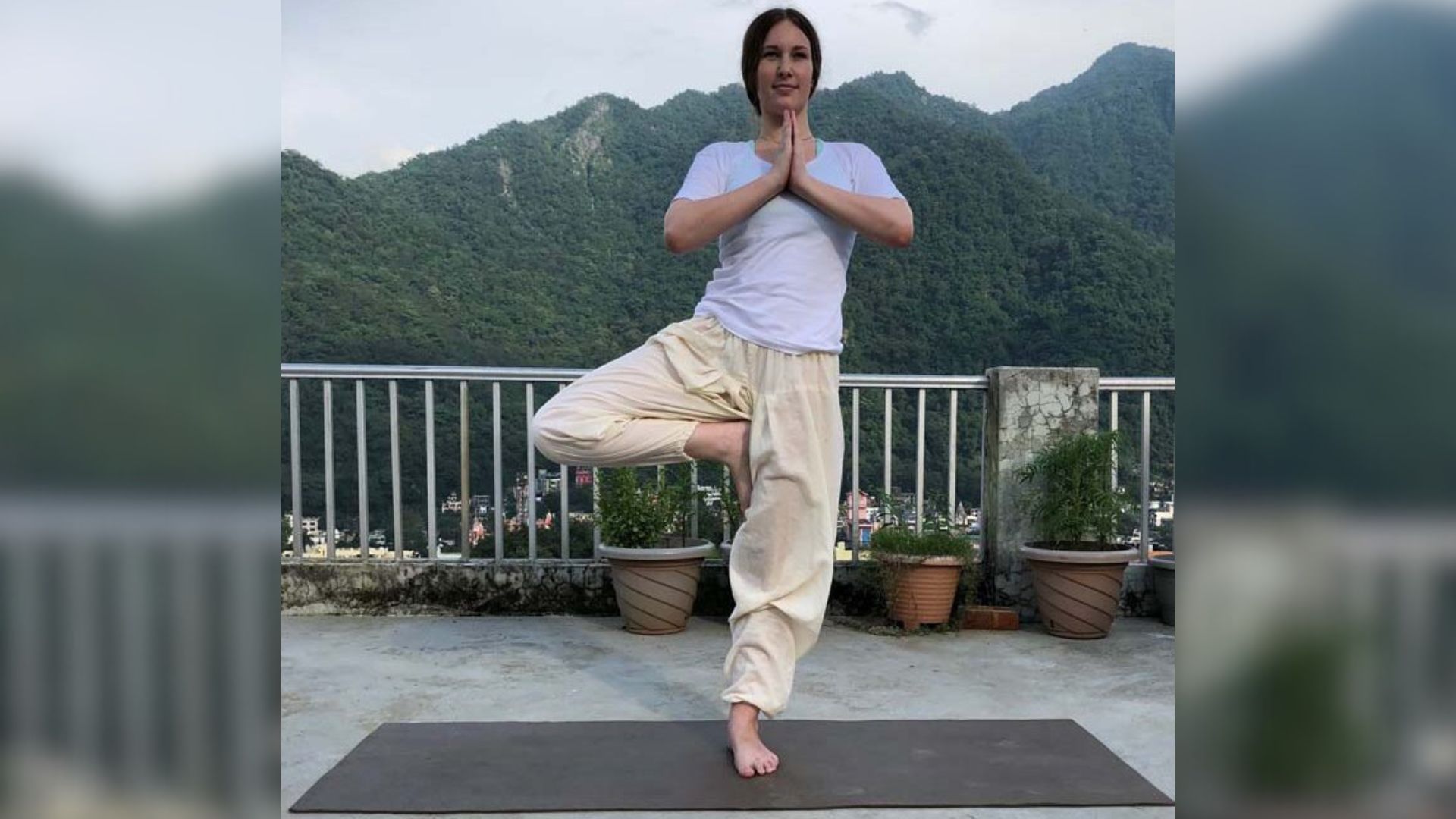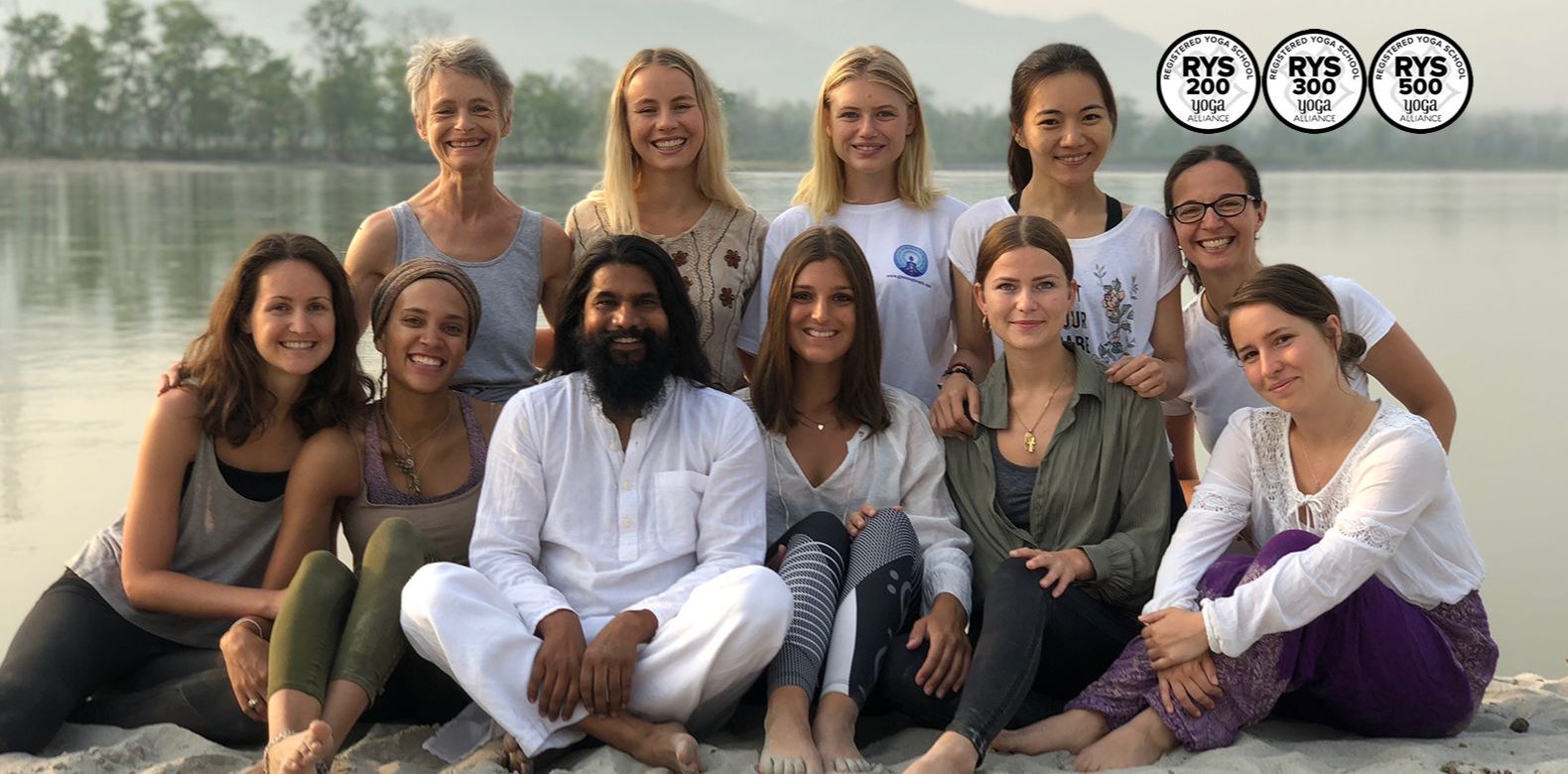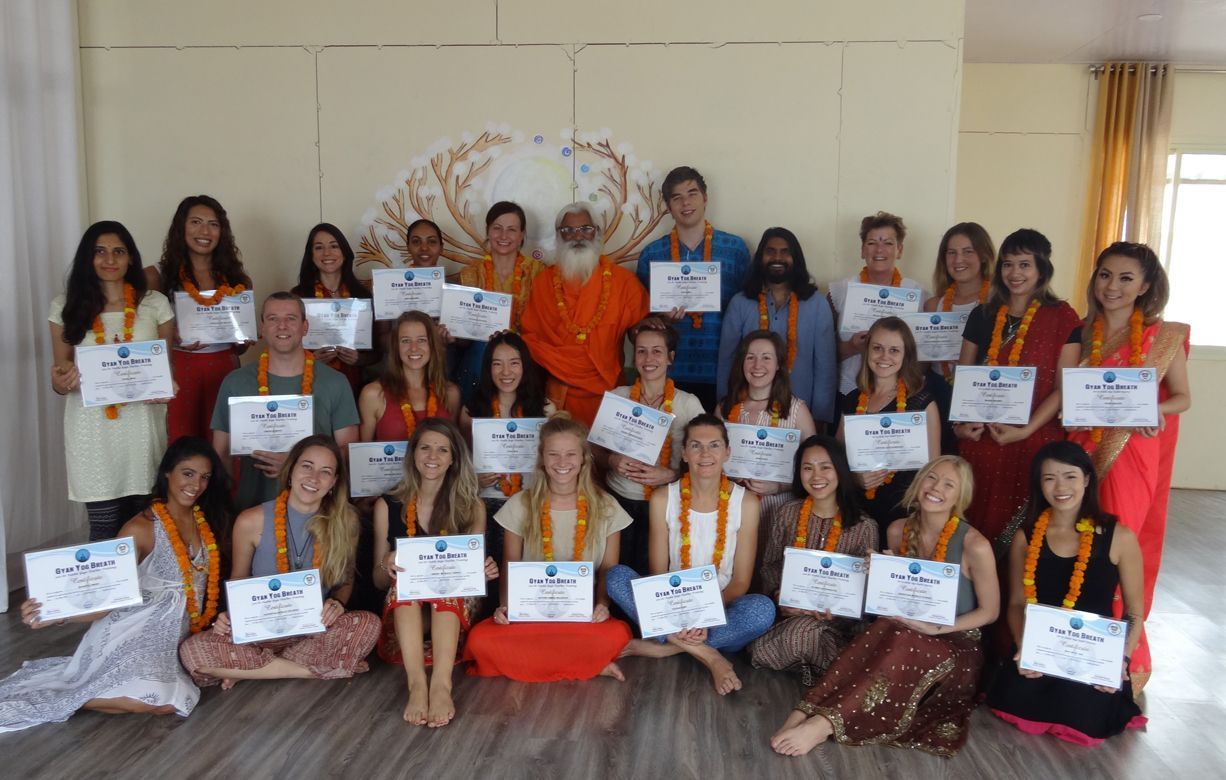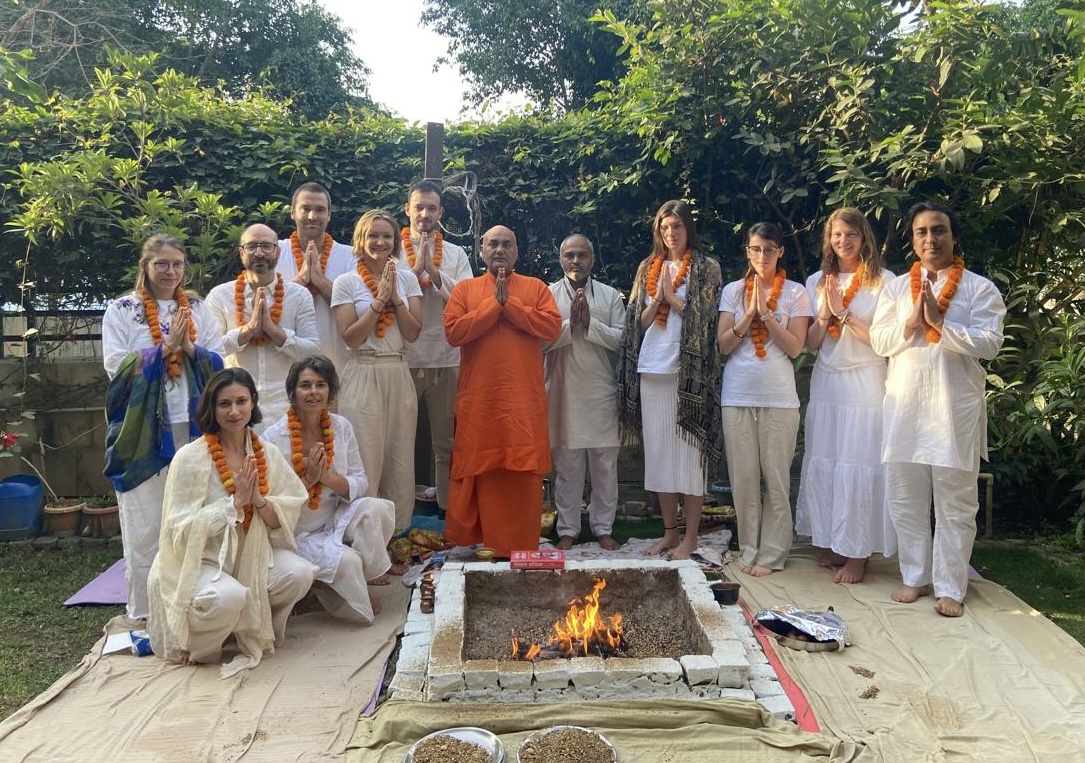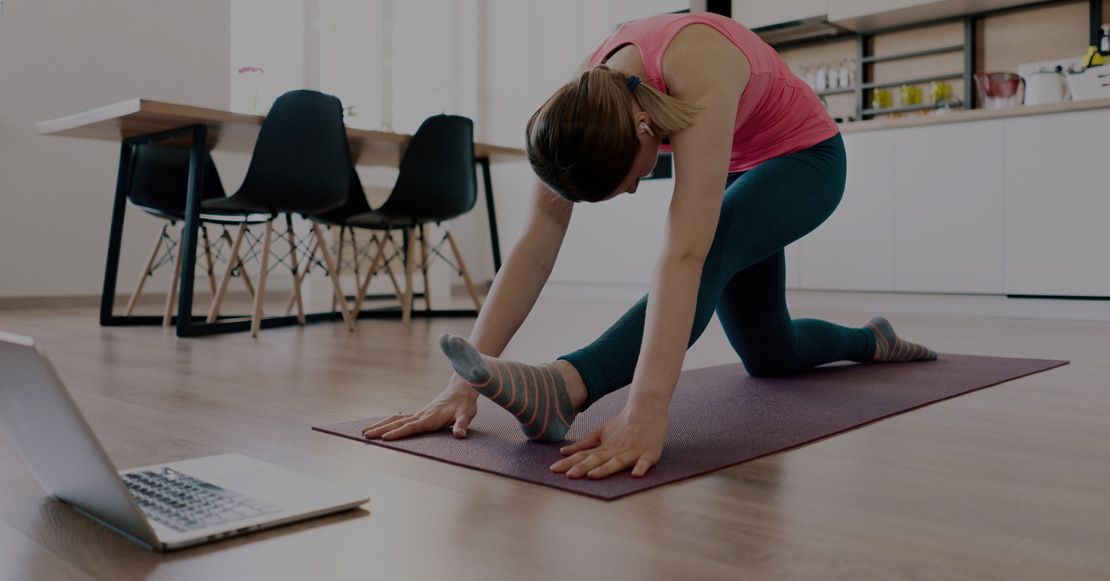The Mental, Physical and Spiritual Benefits of Yoga
At a certain point in our life, it seems that the universe has its own plan and you have to face unpredictable challenges. These can be physically, mentally, socially, or spiritually that can be overcome by doing yoga else can disorder and imbalance your current life because you don‘t know why it happens and how you can handle it.
In the western world, you may know Yoga as a tool to release stress, tension, and stiffness with the help of physical practice. That’s how I also started practicing Yoga. Bikram Yoga was my entrance into the Yoga world. During my first two years of practicing, I realized the impact regarding my energy level and how my body depends on mental stability. Due to my lifestyle and my health condition back at this time, it was not a suitable practice for me. Then I started to discover the Yoga cosmos and its real benefits.
The Meaning of Yoga
Yoga belongs to the six systems of Indian Philosophy. Yoga literally means „unity“ or „oneness“. This unity comes from balancing your body functions which leads you to your mental and emotional base. All three aspects are connected and you will find out what happens if one of them gets disturbed and how the others will react. Through awareness, you will understand your body and finally yourself. But the bodywork itself is only one pillar of the yoga philosophy. Basically, the yoga philosophy provides you guidance on how to become a better person and live a healthy and meaningful life in society. It enlightens all aspects of the mental, physical and social level. The sage Patanjali was the first who collated and systematized all stages in his work the Yoga Sutras. Also known as the eight limbs or stages of Yoga.
Yoga Helps You to Look Within and Heal
Like many people, I felt obliged to take the path given by society: to study something reasonable. Only to achieve a certain standard of living that is considered acceptable. I lost sight of myself and allowed myself to be guided by the outside world. My body already told me during this time, that I had chosen the wrong way. I didn’t listen and I became sick. In the following years, I got to know my body and myself better and better. Meanwhile, I have learned to listen to my intuition. Nevertheless, sometimes it feels like swimming against the stream and you quickly feel alone. This requires courage, willpower, and endurance.
Yoga has taught me to look inward and to understand my body‘s limitations which you can recognize when you are conscious of it. Accepting limits is not a habit of many people, because nowadays they are striving for more and more. If you recognize your limits, you also understand what is good for you and what is not. In the Yoga practice, each asana has a different purpose. By selecting them according to your needs, it is a powerful tool that supports you on the way to design your own unique journey. If you choose them intelligently, you will receive the benefits.
Natarajasana- The Dancer
My favorite asana is natarajasana (preparatory Lord Shiva‘s pose). It strengthens your entire body, from the back, shoulders, arms, hips and legs. To accomplish the posture, concentration is requested, as well as balance. Every time when I go into this posture, I feel very strong and proud of myself. But if you suffer from a weak heart, high blood pressure, back issues, hernia, colitis, peptic or duodenal ulcers or vertigo, then don‘t practice this asana.
To start with the posture stand in tadasana with the feet together and focus on a gazing point in front of you. Bend your right elbow and place it at a 90-degree angle to the side. Your palms are facing towards the ceiling. Now bend your right leg, drop your arm down as it is and grasp your inner ankle of your right foot behind the body. Don‘t rotate your wrist.
Focus on your standing leg, try to find the balance. Lift your left arm above your head and form jnana mudra. If you feel stable in your standing leg, slowly raise and push your right leg against your palm. Don‘t rotate your right hip to the outside. Keep your hips parallel. Simultaneously reach your left arm forward and bend your body slightly forward. Relax while you are in this posture and hold it.
Come out of the posture as you came in. Lower your left arm, push your right leg against your palm again and lift your body up. Bring your knees together, release the right ankle and place your foot on the floor. Bring your right arm to the side. Tadasana. Repeat the asana with the opposite leg.
As your body got more flexible, you can practice the advanced posture natarajasana.
Kandharasana- The Shoulder Stand
The next asana kandharasana which I am going to describe is a back-bending asana that tones the female reproductive system. It can help especially women who suffer from menstrual disorders or miscarriages. Generally, it releases pressure from your cervical region (shoulder and neck) and for this reason, it is a good counterpose after the shoulder stand or the plough. Furthermore kandharasana stren
To begin with, lie down on the floor with the feet hip-width apart. Inhale when you bend the knees and bring your heels close to your buttocks and place the sole flat on the floor. If you can, grasp the ankles with your hands, otherwise, just interlace your fingers behind the butt and retract the shoulders. Retain your breath inside while lifting your buttocks up and pushing your navel and chest as much as possible towards the ceiling. Be aware of your knee distance, don‘t let them drop inwards. Also, keep your feet flat on the floor. You can stay in this position as much as you feel comfortable and then with your exhalation you come slowly out of the posture by lowering the buttocks to the floor.
You can also adjust your final position with the help of a block which you can place at the highest level on your sacrum. To avoid compression, don‘t place it on your lower back. It is a great posture after order before a forward bending asana and prepares you for the wheel pose (chakrasana).
Ardha Matsyendrasana- The Spinal Twist
After you have completed a series of forwarding and backward bending asanas, it is advised to continue with a spinal twist asana e.g. ardha matsyendrasana. This asana will relieve pressure on your lower back, stretches the back muscles and it can help prevent adjoining vertebrae. While you are toning your back muscles, you also massage your abdominal region which reduces digestive issues. It is not recommended for people who have sciatica or slipped disc. Also, pregnant women should skip this asana.
To start with then asana, sit in pharmbhik shtiti. Bend your right knee and place your foot next to your left hip, but don‘t sit on your heel. Then place your left foot flat on the outside of your right knee and your toes are facing forward. Raise your left arm and place your palm behind your buttocks. Now straighten your back and twist gently to left. At the same time place your right elbow on the outside of the left knee, so your armpit is close to your knee. You can straighten your armor if you can grasp your left ankle with the right hand.
To go deeper in this posture, inhale and lift your chest and back up. With the exhalation, twist your trunk to the left and use your right elbow to push against your left knee. The head is always in line with the spine. Look above your left shoulder. The left-arm helps you to keep your back straight. To go a step further, bend your left arm and place your palm on the side of your right waist. Inhale deeply lift up again, exhale slowly, and twist. Stay in the final twisting position for 10 to 30 breaths. To come out of the posture, reverse your movements and continue with the other leg.
If you are stiffed or you can’t keep your back straight, the lower-bended knee can remain straight instead of placing it next to your hip. Keep your straight leg active.
Pranayama
Besides practicing asanas, you can achieve different purposes through proper breathing exercises, which are called pranayama. A very powerful technique is bastrikha pranayama, which focuses equally on your inhalation and exhalation. Due to the rapid breathing, your gas exchange in your lungs will increase. Carbon goes out and oxygen goes in. Furthermore, you create heat in your lungs which burns the toxins and removes waste in your respiratory system. All in all, the nervous system will relax and it will indicate calmness and peace. Bhastrika is not recommended for those people who have high blood pressure, heart disease, hernia, ulcer, stroke, epilepsy, glaucoma, or vertigo.
At any time if you feel dizziness or fairness, stop the practice and let your teacher know. Most of the time this breathing is performed incorrectly.
To start with the posture, sit in a meditative sitting position. Roll your shoulders back, keep your back straight and finally close your eyes. Form with your right hand the nasagra mudra and close your right nostril with the thumb. For beginners, it is advised to start with three deep breaths through the left nostril before you start bhastrika.
Now start with the bhastrika breathing. Inhale and exhale forcefully with a sniffing sound through the open nostril. You can do one inhale and one exhale in one second. Do not strain your breath. After 10 rounds, deeply inhale and exhale through the right nostril. Continue with the right side. To complete the round, breath also through both nostrils.
For more advanced people there are different variations of this practice. Either you can focus on inner or on external retention after each round through the nostrils.
Meditation
Whenever a meditative sitting position is required, like in the pranayama, there are several options. You can choose a posture according to your comfortability where you can sit for a long time without any movements.
My favorite meditative posture is Siddha Yoni Asana. In this asana, you place the right foot against your inner thigh and close to the perineum. The pressure of your foot will also stimulate your mooladhara chakra, which is the root chakra.
Bend the other knee and bring your left foot between your right calf and thigh. The heels should be above each other. Realign your position until you sit comfortably with your spine fully elongated. Place the hands on the knees, close your eyes and relax the whole body.
Ayurveda
In interaction with Ayurveda and the concept of the three doshas, you can tailor yoga sequences according to your personal needs. Each of the three doshas is assigned to an element that represents personal qualities, needs, and emotions. Vatta stands for air and reflects movement, transport, restlessness. Fire is the element of Pitta, which stands for energy, courage, heat. Kapha, on the other hand, is down-to-earth, balanced, and stable with water and earth. If one of the doshas gains more power, this leads to an imbalance in the body, which needs to be controlled and balanced again. A balance can be achieved e.g. the targeted selection of food or asanas.
Philosophy of Yoga
Ahimsa belongs to the first pillar of yamas in the Yoga Philosophy. It means „non-violence“. You should not harm others, nature or yourself. When you practice ahimsa in a diet perspective, it is advised to abstain from eating meat. A diet with animal proteins violates ahimsa for the animals and the environment. Furthermore, to integrate ahimsa in your daily life means also to eat mindfully and with awareness. If you do not listen to what your body tells you, you might eat to much or unhealthy food. This misbehavior can lead to health consequences. Respect your signals and do not harm yourself. A first little step would be to support your digestive system by not drinking water 15 minutes before and after a meal. You can compare this action with adding water to a fire. You dilute your digestive juices and your food cannot be properly broken down. Watch out for drinking after a meal. The water should be lukewarm because you don’t want to irritate your stomach. Because it is running at full speed and needs a lot of energy.
All in all, yoga and all its facets from asanas, pranayama, Ayurveda to Patanjali‘s eight limbs of Yoga offers you the opportunity to understand yourself and your body and to design your practice with regards to your needs and health condition. It will take time, but besides all the pain and difficulties, you know why you are doing this and it will push you forward. Step by step you will recognize changes in your behavior and attitude and you can already start to use this power and integrate it into your life. Once you are satisfied with yourself and aware of your qualities, you will have the energy and determination to go your own way without being distracted by external influences and personal insecurities.
Studying Yoga from the Source
If you are interested to intensify your yoga practice and dive into the next level of practice, you may want to consider doing an intensive yoga course. Such a course can be helpful as it provides a wonderful toolkit of yogic techniques, breathing exercises, knowledge, and application. In India, the birth land of yoga, many teachers have followed the path of yoga from a very young age. At Gyan Yog Breath, we have established different levels of Yoga Training courses that are suitable for each person no matter how flexible they are.

